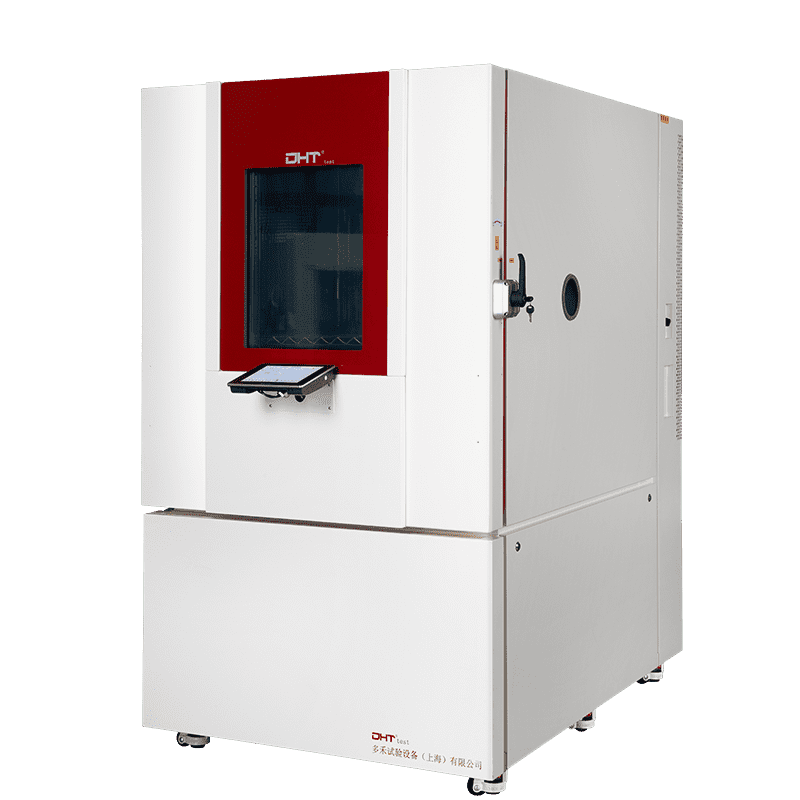Breaking the Cost Barrier: Five Dimensions of Cost Reduction with Thermal Shock Chambers
- Boosting Testing Efficiency and Shortening Development Cycles Modern thermal shock chambers come equipped with highly automated control systems and intelligent test programs, reducing manual labor and human error. Their rapid temperature transition capabilities—sometimes switching in mere seconds—greatly shrink test cycles. This fast, reliable data enables design teams to validate and optimize products more efficiently, accelerating time-to-market and enhancing competitive agility while lowering R&D costs.
- Reducing Equipment Maintenance and Operating Expenses Advanced thermal shock chambers incorporate energy-saving technologies such as efficient refrigeration compressors, heat recovery systems, and precise temperature controls, dramatically lowering electricity consumption and operating costs. Smart monitoring and alert systems enable real-time diagnostics to prevent unexpected breakdowns, avoiding test delays and production downtime. Additionally, modular designs and easy-maintenance structures reduce repair complexity and costs, increasing the equipment’s overall lifecycle value.
- Tailored Test Programs to Avoid Ineffective Testing Products vary greatly in their thermal shock tolerance and testing standards. Thermal shock chambers allow for flexible, customized test protocols tailored to specific materials, structures, and operating environments. This precision avoids redundant tests and waste of resources, saving materials and time while increasing the relevance and accuracy of test results—providing more valuable insights for quality control.
- Facilitating Compliance and Minimizing Certification Risks To enter global markets, products must meet multiple international and industry certifications. Thermal shock chambers enable early completion of rigorous thermal cycling and shock tests, ensuring compliance with standards such as IEC, MIL-STD, JEDEC, and more. Early certification reduces risks of redesign, retesting, and delayed market launches, saving substantial time and cost while enhancing brand credibility.
Real-World Cost Transformation: A New Energy Battery Company’s Revival in 2025
- Thermal shock tests outsourced at a high cost of 80,000 RMB per test
- Lost automotive contracts due to failing thermal runaway tests
- Over 10 million RMB in compensation claims from cracked battery packs
- Precise solution match:
- Selected model DHT-TS380L (temperature range -70℃ to +180℃, switching time ≤ 25 seconds)
- Customized explosion-proof battery clamps
- Cost structure reshaped, enabling the company to regain testing control, reduce expenses, and restore customer trust.
| Cost Items | Before Transformation | After Transformation |
| Per-Test Cost | $80,000 | $3,000 (energy + consumables) |
| Certification Cycle | 14 weeks | 5 weeks |
| After-Sales Compensation | Annual Loss of $13.6 million | Reduced to zero |
- Significant Hidden Benefits
- Awarded “Best Quality Supplier” by the automaker
- Engineers freed from test operations to focus on process optimization
Conclusion: Precision Investment Is the Key to Cost Reduction
FAQ
How do thermal shock chambers help reduce product testing costs?
Thermal shock chambers detect design flaws and material weaknesses early by simulating rapid temperature changes products face in real use. This early defect detection minimizes costly rework and recalls, shortens development cycles with faster, automated testing, reduces operating expenses through energy-efficient features, and ensures testing is tailored to avoid unnecessary procedures—all contributing to significant cost savings.
What features of modern thermal shock chambers improve testing efficiency?
Modern thermal shock chambers offer automated control systems, intelligent test programming, and extremely fast temperature transition rates—sometimes in seconds—reducing manual labor and human error. These capabilities shorten test durations, provide reliable data faster, and allow design teams to accelerate product validation and optimization, ultimately speeding up time-to-market and lowering R&D costs.
How can thermal shock chambers assist companies in meeting international certification requirements?
Thermal shock chambers enable early and precise compliance testing with global standards such as IEC, MIL-STD, and JEDEC by providing rigorous thermal cycling and shock tests. This early certification reduces risks related to redesigns and retesting, prevents market launch delays, saves time and cost, and enhances brand credibility in competitive international markets.


